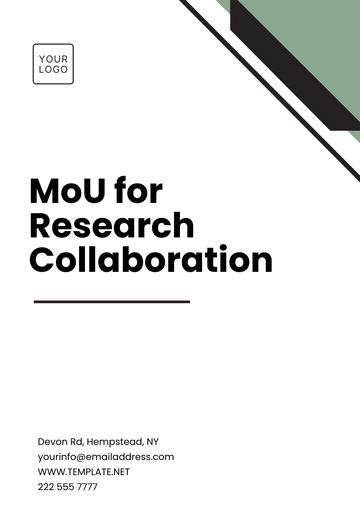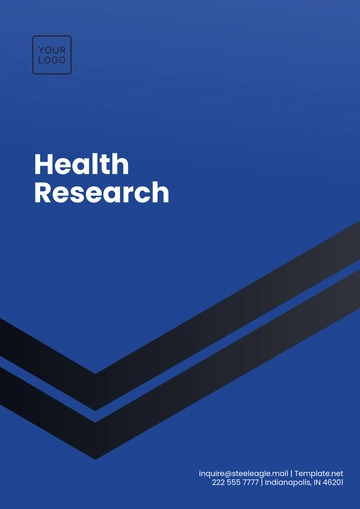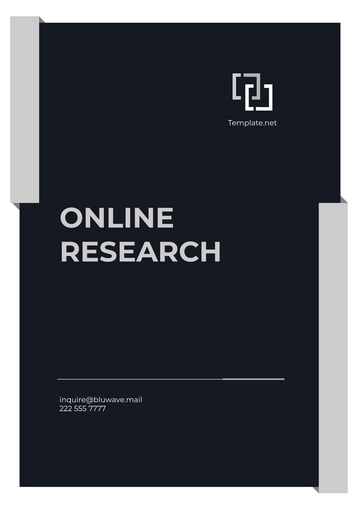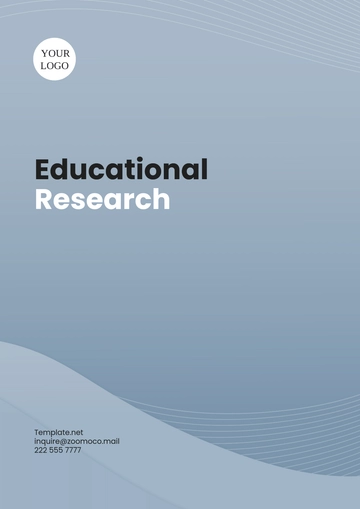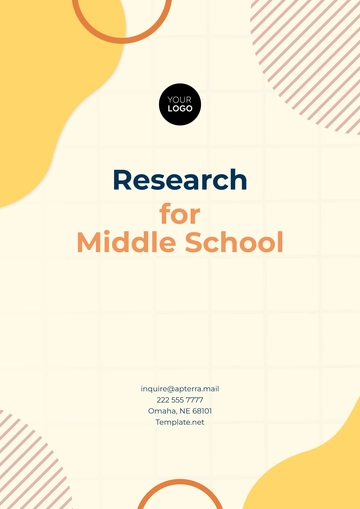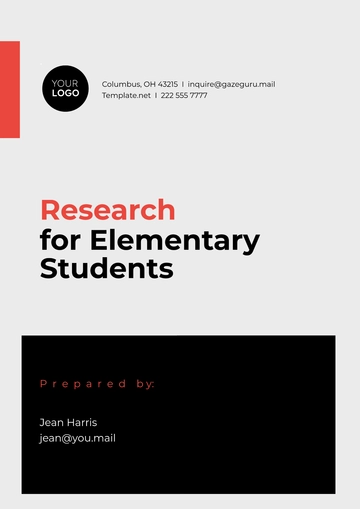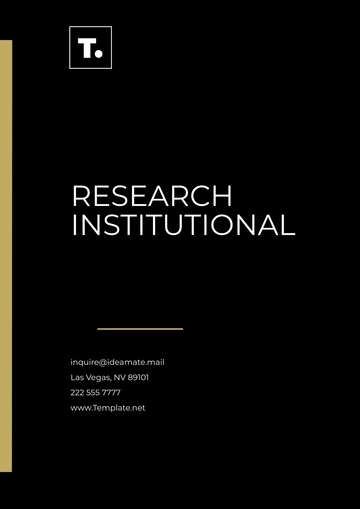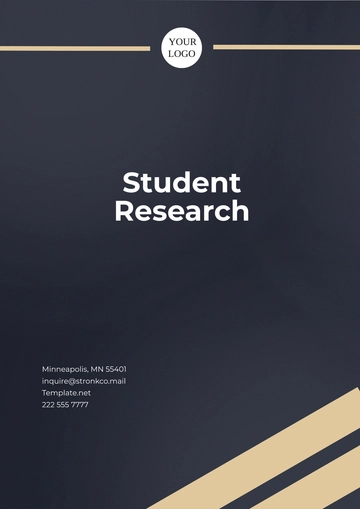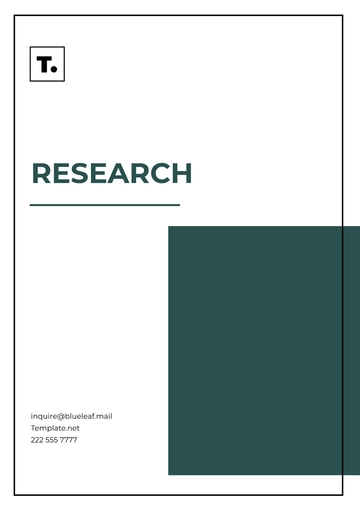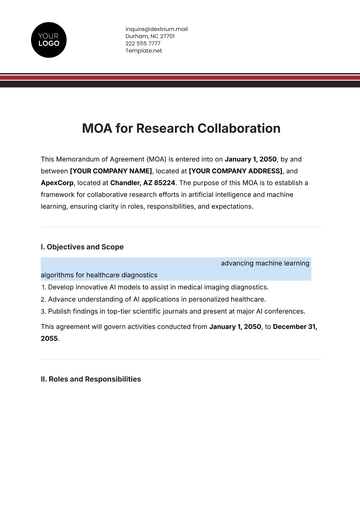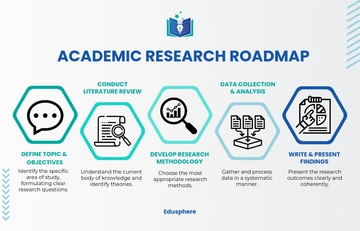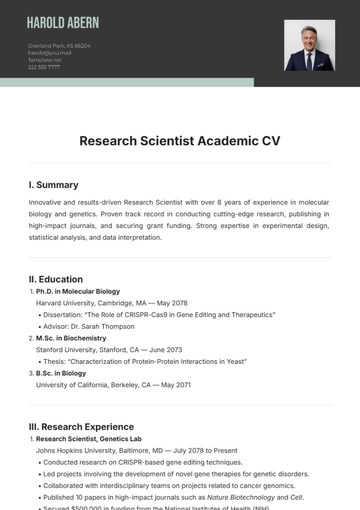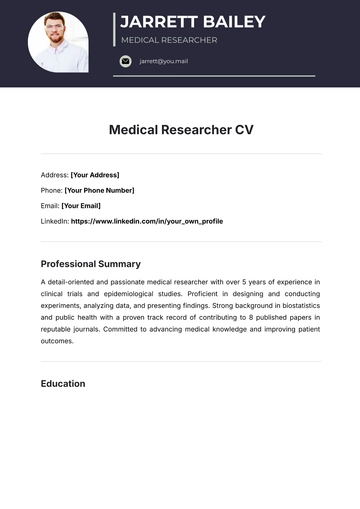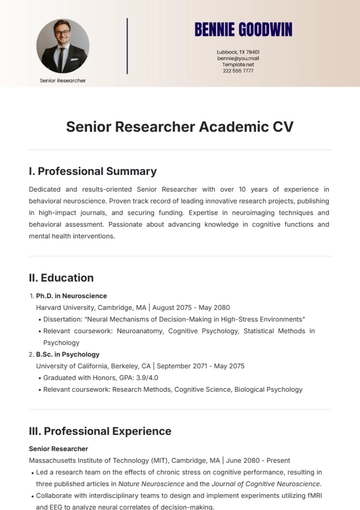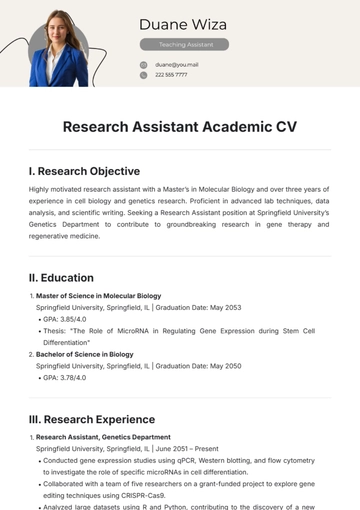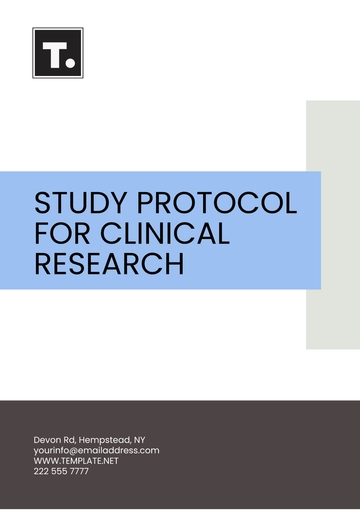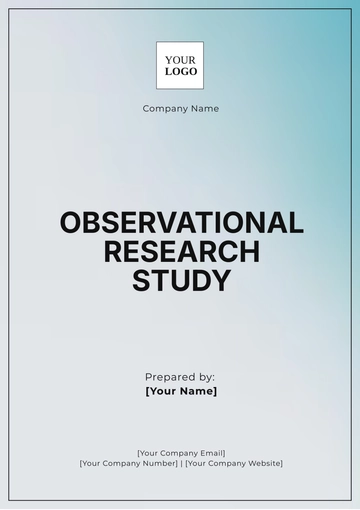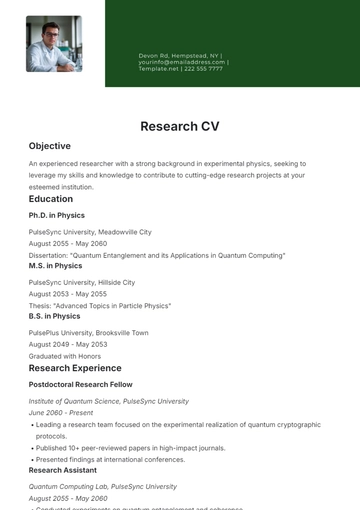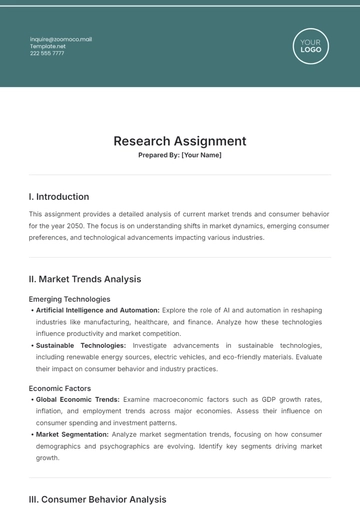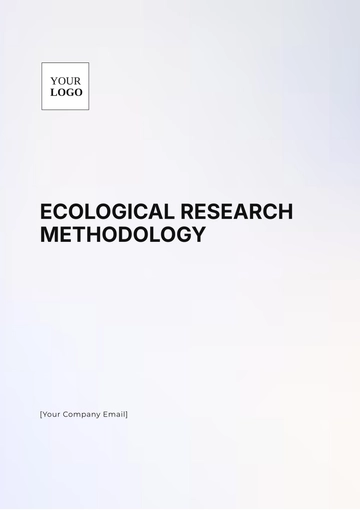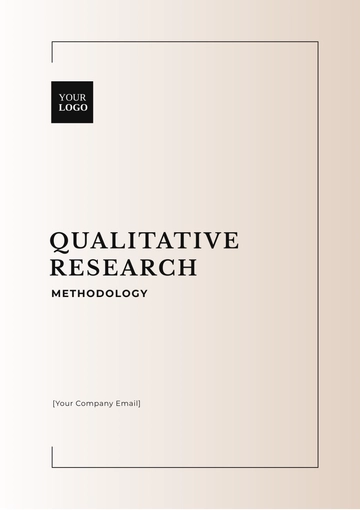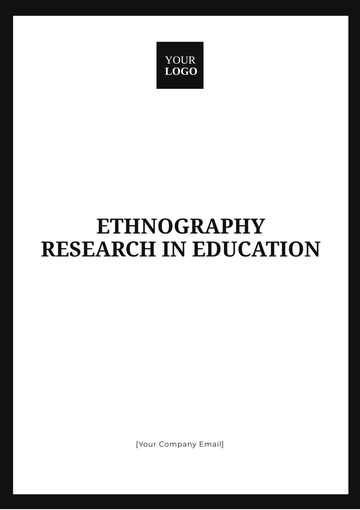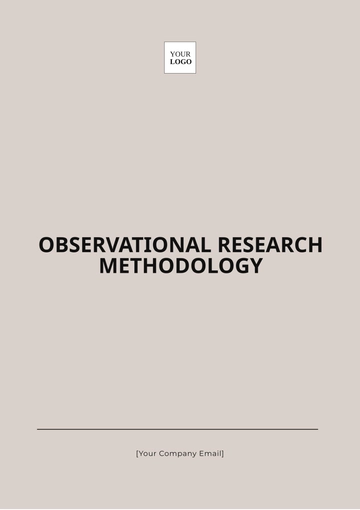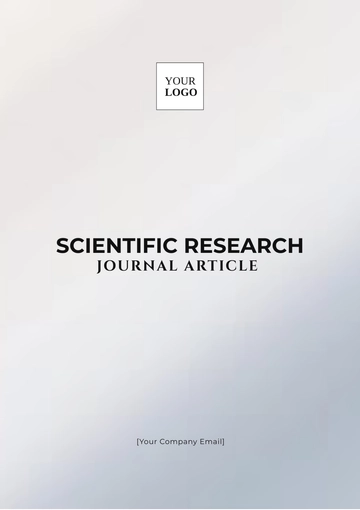Free Education Qualitative Research
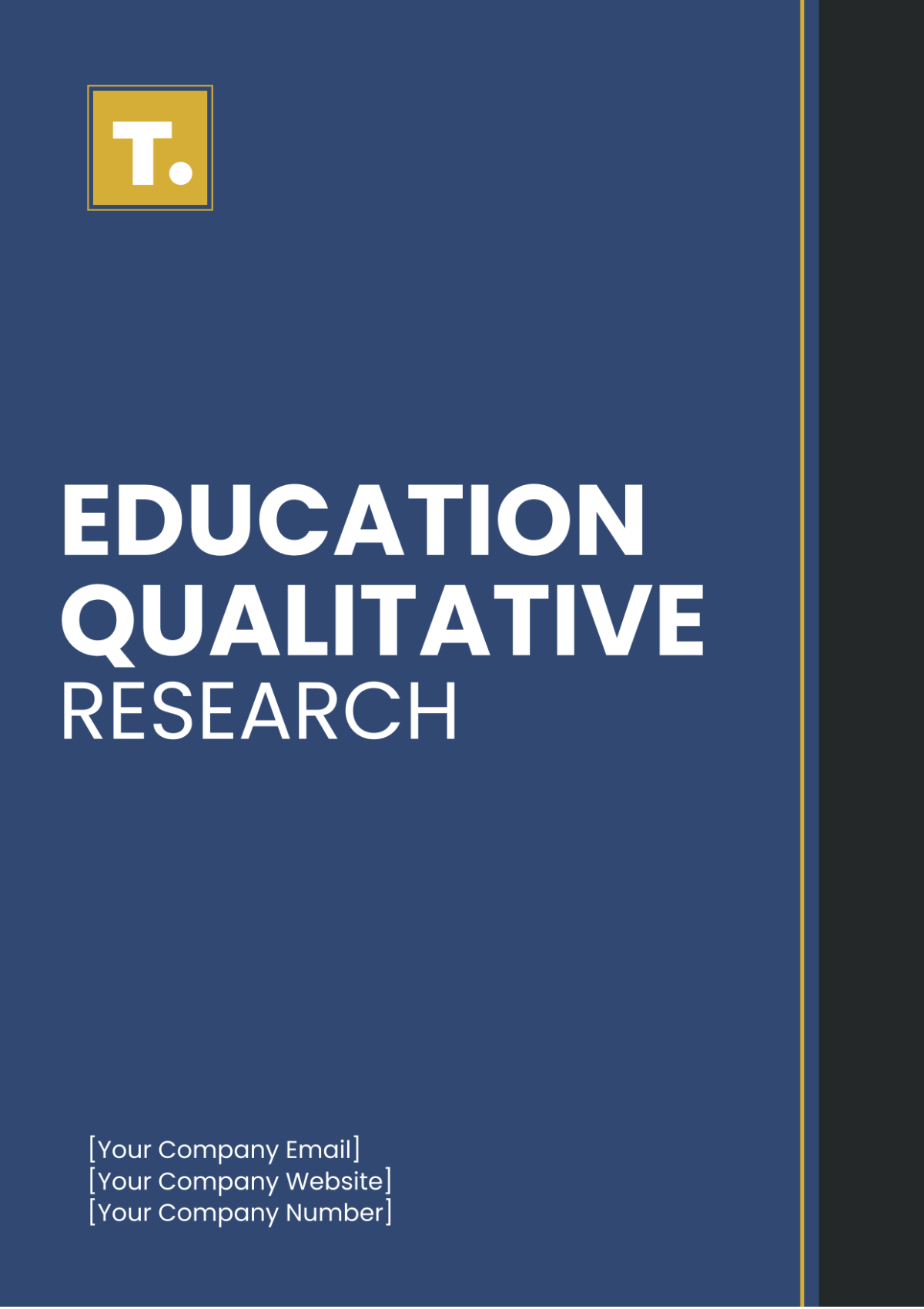
I. Introduction
A. Background
Education plays a pivotal role in shaping individuals and societies, and the effectiveness of teaching methods, curriculum design, and educational interventions significantly impact learning outcomes. This research aims to investigate the effectiveness of various educational approaches through a qualitative lens, delving into the experiences and perspectives of stakeholders within educational settings.
B. Research Objectives
The primary objectives of this research are:
To explore perceptions and experiences of educators regarding different teaching methods and curriculum designs.
To examine the impact of educational interventions on student learning and engagement.
To identify challenges and opportunities for improving teaching practices and curriculum development.
C. Significance of the Study
Understanding the effectiveness of teaching methods and curriculum is crucial for enhancing educational practices, fostering student success, and driving educational reforms. By conducting qualitative research, we can gain nuanced insights into the complex dynamics of educational settings, ultimately informing evidence-based decision-making and promoting continuous improvement in education.
II. Literature Review
A. Overview of Teaching Methods and Curriculum Designs
Various teaching methods and curriculum designs have been employed in educational settings, each with its own strengths and limitations. The literature review will examine key approaches such as:
Experiential learning
Inquiry-based learning
Project-based learning
Differentiated instruction
Flipped classroom
B. Research on Educational Interventions
Previous research has investigated the effectiveness of educational interventions aimed at improving student learning outcomes. These interventions may include:
Remedial programs
Enrichment programs
Technology integration
Socio-emotional learning initiatives
Teacher professional development
C. Key Findings and Gaps in Existing Literature
The literature review will synthesize key findings from previous research while identifying gaps or inconsistencies in the current body of knowledge. This analysis will help contextualize the present study within the broader research landscape and highlight areas warranting further investigation.
III. Methodology
A. Research Design
This research will adopt a qualitative approach, utilizing methods such as semi-structured interviews, focus groups, and document analysis to collect rich, in-depth data from participants.
B. Participant Selection
Participants will include educators, administrators, and possibly students from diverse educational settings. Purposive sampling will be employed to ensure a varied representation of perspectives.
C. Data Collection
Data will be collected through interviews, focus groups, and document analysis. Interviews and focus groups will be audio-recorded and transcribed verbatim for analysis, while documents such as curriculum guides and educational policies will be reviewed for additional insights.
D. Data Analysis
Thematic analysis will be employed to identify patterns, themes, and categories within the data. This iterative process will involve coding, categorizing, and interpreting qualitative data to uncover meaningful insights.
IV. Results
A. Overview of Participants
Table 1: Overview of Participant Demographics
Participant ID | Role | Educational Setting | Years of Experience |
|---|---|---|---|
001 | Teacher | Elementary School | 10 |
002 | Principal | High School | 15 |
003 | Curriculum Designer | District Office | 8 |
004 | Student | University | 3 |
005 | Education Consultant | Independent | 20 |
B. Themes and Findings
The analysis revealed several themes related to the effectiveness of teaching methods, curriculum, and educational interventions. These include:
Perceptions of student engagement and motivation
Impact on learning outcomes
Challenges in implementation
Strategies for improvement
V. Discussion
A. Interpretation of Findings
In interpreting the findings of the table, it becomes evident that the participants represent diverse roles within the educational landscape, spanning from elementary school teachers to education consultants with extensive experience.
The variation in roles and settings offers a multifaceted perspective on the effectiveness of teaching methods, curriculum, and educational interventions. For instance, the principal (Participant 002) with 15 years of experience in a high school setting provides insights into the challenges and strategies at the administrative level, while the curriculum designer (Participant 003) sheds light on the process of curriculum development and its impact on educational outcomes.
Furthermore, the years of experience among participants indicate a spectrum of insights ranging from seasoned educators to relatively new entrants. This diversity allows for a comprehensive understanding of the nuances in educational practices and their implications. For example, the student participant (Participant 004) offers a unique perspective on the learning experience from the recipient's point of view, contributing valuable insights into student engagement and motivation.
B. Limitations
While the participants provide rich insights into the effectiveness of teaching methods, curriculum, and educational interventions, several limitations should be acknowledged. Firstly, the sample size, though diverse, may not fully represent the broader educational landscape. Additionally, there may be inherent biases in the perspectives shared, influenced by participants' backgrounds and experiences. Moreover, the data collected through interviews may be subject to interpretation, potentially introducing researcher bias in the analysis process.
C. Recommendations
Building on the findings from the table, several recommendations can be proposed to enhance educational practices:
Professional Development: Implement targeted professional development programs tailored to the specific needs and roles of educators, administrators, and curriculum designers.
Curriculum Review: Conduct regular reviews of the curriculum to ensure alignment with educational standards and evolving pedagogical approaches.
Student Engagement Strategies: Introduce innovative strategies to enhance student engagement and motivation, considering the diverse learning needs of students.
Collaborative Partnerships: Foster collaboration among stakeholders, including educators, policymakers, parents, and community members, to co-create solutions and initiatives that promote educational excellence.
Research and Evaluation: Invest in ongoing research and evaluation efforts to continuously assess the effectiveness of teaching methods, curriculum design, and educational interventions, adapting practices based on empirical evidence.
VI. Conclusion
A. Summary of Findings
In summary, the findings from the table underscore the importance of considering diverse perspectives in evaluating the effectiveness of educational practices. The insights provided by participants offer valuable contributions to the ongoing discourse on enhancing teaching methods, curriculum design, and educational interventions to optimize student learning outcomes.
B. Future Directions
Moving forward, future research endeavors should aim to delve deeper into specific aspects highlighted in the findings, such as exploring innovative teaching strategies or examining the impact of socio-economic factors on educational outcomes. By addressing these areas, educators and policymakers can further refine and tailor interventions to meet the evolving needs of learners in the 21st century.
VII. References
1. [Author, A.] [(Year)]. Title of the article. Journal Name, Volume(Issue), Page range.
2. [Author, B.] [(Year)]. Title of the book. Publisher.
3. [Author, C.] [(Year)]. Title of the report. Organization.
4. [Author, D.] [(Year)]. Title of the dissertation/thesis. University.
5. [Author, E.] [(Year)]. Title of the conference paper. In Proceedings of the Conference Name (pp. Page range). Publisher.
VIII. Contact Details:
Research Conducted by: [YOUR NAME]
Company: [YOUR COMPANY NAME]
Email: [YOUR COMPANY EMAIL]
Address: [YOUR COMPANY ADDRESS]
Phone: [YOUR COMPANY NUMBER]
Website: [YOUR COMPANY WEBSITE]
Social Media: [YOUR COMPANY SOCIAL MEDIA]
- 100% Customizable, free editor
- Access 1 Million+ Templates, photo’s & graphics
- Download or share as a template
- Click and replace photos, graphics, text, backgrounds
- Resize, crop, AI write & more
- Access advanced editor
Discover the pinnacle of educational research efficiency with Template.net's Education Qualitative Research Template. Crafted for discerning academics and researchers, this editable and customizable tool revolutionizes data analysis. Seamlessly integrate findings with our AI Editable Tool, streamlining your research process like never before. Elevate your scholarly endeavors with unparalleled convenience and precision.
